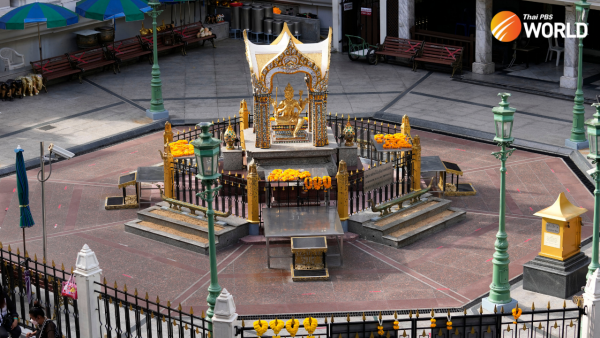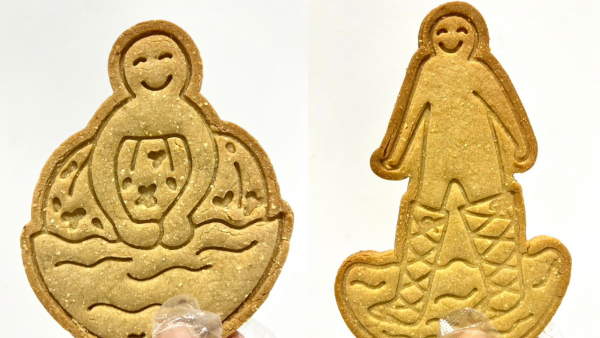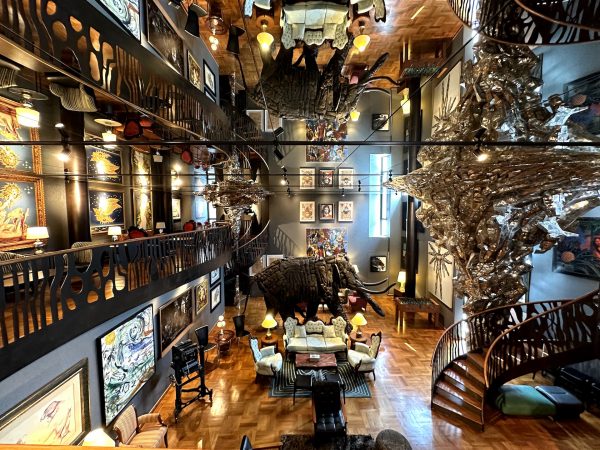Phetchaburi on a plate
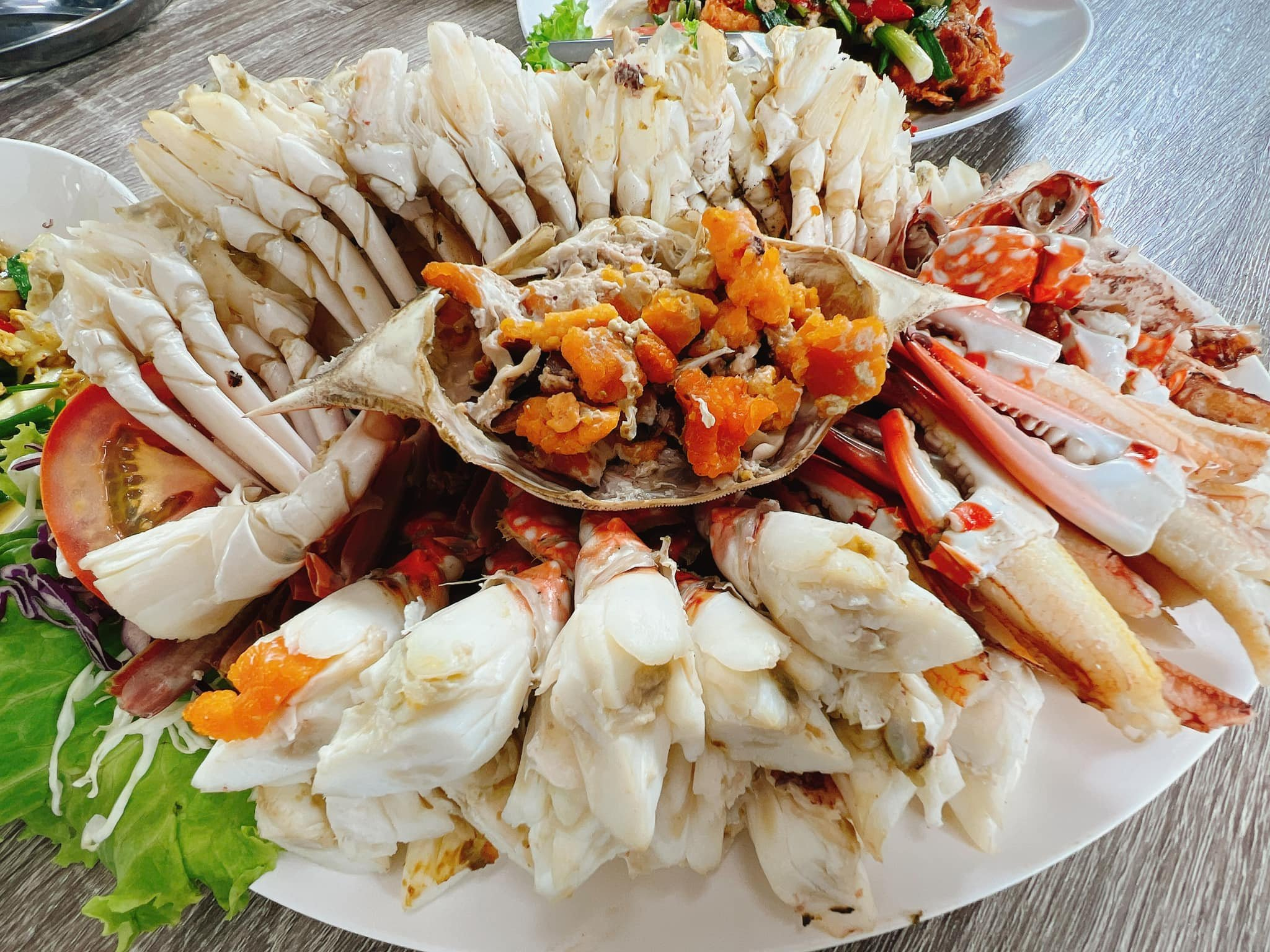
Phetchaburi, a historic coastal province, invites you to enjoy a weekend drive through its diverse flavours and traditions.
While Khao Wang, or Palace Hill, and its historical enclaves may draw visitors seeking cultural immersion, Phetchaburi offers so much more to tantalise the senses and ignite the taste buds.
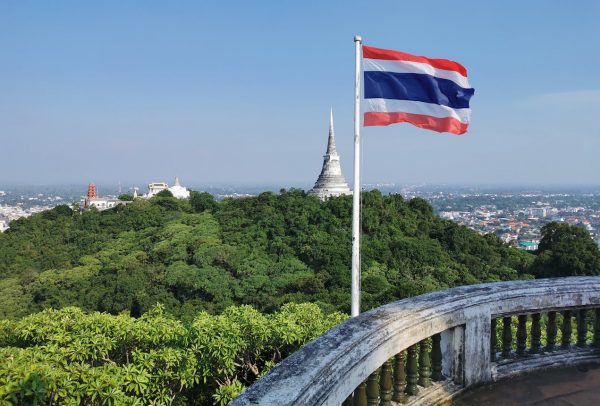
With its abundance of local ingredients, rich food culture and history, and a thriving dining scene encompassing everything from casual eateries to hidden culinary gems, Phetchaburi beckons travellers to take a weekend drive along its scenic local roads, promising a journey filled with delectable seafood and serene shorelines.
Day One: Exploring Phetchaburi’s Salt Road
For many, a weekend getaway to Phetchaburi begins with a drive along Highway 35, also known as Rama 2 Road, from southwestern Bangkok. This route winds through Samut Sakhon Province before leading travellers into the heart of Phetchaburi Province. After just a two-hour drive, weekenders find themselves in Phetchaburi, ready to embark on the climb up Palace Hill.
Before tackling the ascent, start your culinary journey by turning off Highway 35 onto Highway 2021 towards Ban Laem. This charming coastal district is best known for its scenic salt farms, tranquil bay, and bustling seafood restaurant scene.
Ban Laem District seamlessly intertwines tradition with the splendour of the natural world. Renowned for its sprawling and picturesque salt farms, this tranquil expanse has carved a distinct identity through its time-honoured tradition of salt cultivation, a cornerstone of both local cooking and the economy.
The vast salt pans of Ban Laem offer a fascinating panorama, attracting photographers and nature enthusiasts alike to marvel at its beauty.
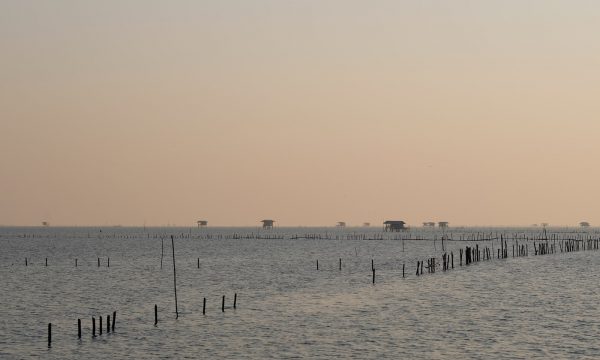
Continuing along Highway 2021, a scenic drive leads to the Bay of Bang Tabun. While many travellers stop here for a lunch break en route to beach destinations or Bangkok, the bay’s coastline and culinary delights make it worthy of an overnight stay.
Bang Tabun offers a picturesque vista where the Bang Tabun River converges with the Phetchaburi River and meets the vast ocean. This tranquil spot boasts clay beaches adorned with sprawling mangrove forests, serving as a thriving fishing locale for local villagers.
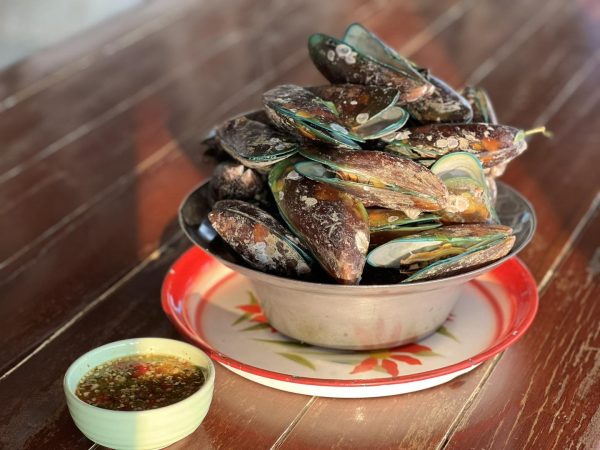
The community’s economy revolves around aquaculture, particularly the cultivation of blood cockles, making Bang Tabun one of Thailand’s primary suppliers of these sought-after bivalves. The area’s rich waters also support robust fisheries and the farming of other shellfish, such as mussels and oysters, significantly contributing to the local culinary landscape.
The bay area is fast becoming a sought-after destination for travellers in search of Thailand’s untapped beauty and vibrant local culture. This coastal gem boasts a selection of quaint restaurants and cosy homestays, providing an immersive experience for those yearning to delve into authentic Thai life.
For travellers seeking the ultimate coastal experience, a morning or evening boat excursion is a must to fully appreciate the charm of Ao Bang Tabun.
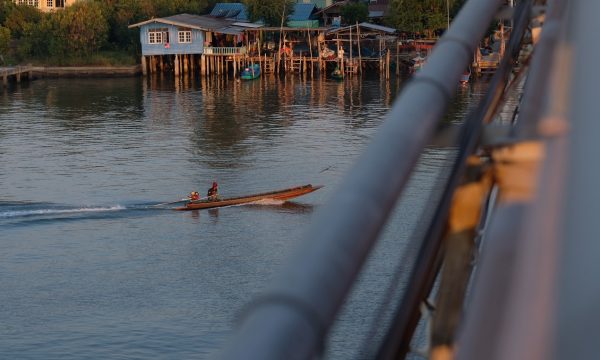
Glide along the water, enveloped by the natural splendour of the area, while immersing yourself in the traditional lifestyle of coastal fishermen. Whether observing the crafting of crab traps or the collecting of shells, each activity offers insight into the rich maritime heritage of the region.
One of the highlights of Ao Bang Tabun are the traditional fishermen’s huts on stilts, affectionately known as “Kra Teng”. These humble shelters serve as a vantage point for overseeing the precious shell resources—a testament to the symbiotic relationship between man and sea in this idyllic coastal setting.
Day Two: Discovering Hat Chao Samran Beach
From the Bay of Bang Tabun, the historical city of Phetchaburi is just a 20-minute ride away. But there’s no rush.
Further down the road, Yung Gleua Ban Leam awaits. This delightful café serves authentic and fusion Thai food while offering panoramic views of the expansive salt farms. Not only does it offer a complete dining and beverage experience, but its interior boasts tasteful decorations, incorporating trendy elements that create multiple picturesque spots perfect for photography.
Serving as a convenient stop for travellers passing through Bang Tabun, Yung Gleua Ban Leam invites guests to unwind, savour a meal, indulge in beverages, and capture stunning photos amidst the salt farms.
Depart from the Bay of Bang Tabun and enjoy a scenic cruise through Ban Laem to Hat Chao Samran Beach. Your next stop is Wat Klang Nai, the Buddhist temple with classic Ayutthaya architecture.
Wat Klang Nai Temple has stood for over 200 years, with its notable sermon hall, originally crafted from teak wood, relocated by King Taksin from the Ayutthaya Royal Palace. Surviving the Second Fall of Ayutthaya, this revered structure was meticulously renovated, preserving its original Ayutthaya-era design.
You then head towards Laem Phak Bia, a coastal area offering a breathtaking panorama of mudflats, salt pans, and scattered mangroves, leading to a sandy spit. Laem Phak Bia is a haven for bird-watchers, renowned for its impressive variety of shorebirds.
Beyond its natural beauty, Laem Phak Bia is also home to a vibrant local fishing village, where the day’s fresh catch finds its way to the plethora of seafood restaurants.
Among the gems of this culinary scene is Ban Thale Seafood Restaurant, celebrated for its steamed blue crab with a sensational seafood dip, Tom Som Pla Krabok (sweet and sour mullet soup), and crab meat omelette. It’s the perfect spot to pause for a delicious lunch amidst your coastal adventure.
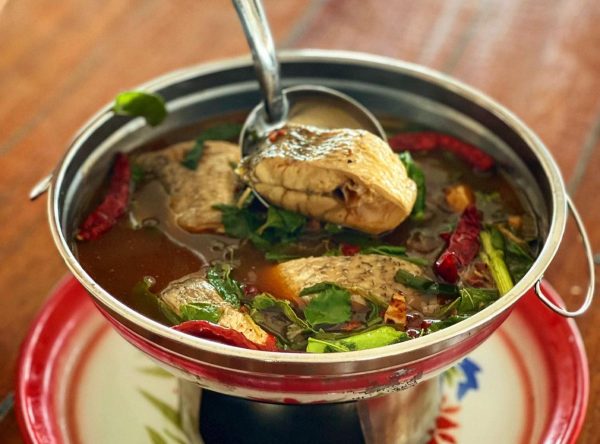
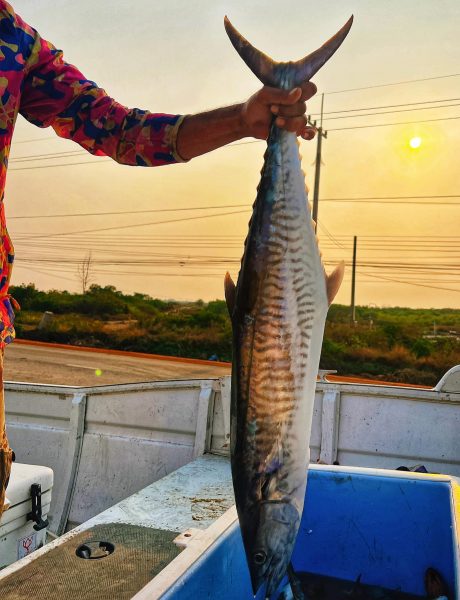
Your excursion comes to an end for the day as you arrive at Hat Chao Samran – one of Phetchaburi’s most exquisite beaches.
Day Three: A Journey Through Phetchaburi’s Culinary Melting Pot
Part of Thailand’s historical fabric, Phetchaburi, once known as Pribpri, flourished as a caravan trading hub in the seventeenth century. Its strategic position bridged Tavoy (Dawei) and the Ayutthaya Kingdom, facilitating the exchange of goods and cultures along ancient mountain passes and trade routes.
King Mongkut (Rama IV) further enriched Phetchaburi’s legacy in 1859 by erecting his summer palace here, bringing with him the esteemed royal cuisine of Siam. Today, Phetchaburi’s culinary landscape echoes its diverse past, a melting pot of flavours, ingredients, and techniques shaped by centuries of cultural exchange, creating a vibrant tapestry that honours its rich heritage.
Before tackling Palace Hill, a visit to the Old Town Morning Market is a must for a taste of Phetchaburi’s culinary charm. Sitting by the serene Phetchaburi River, this historic market is a sensory delight, offering a colourful variety of flavours and traditions.
From lively street stalls to bustling indoor vendors, you can sample everything from the delicate sweetness of “Alua,” reminiscent of meringue, to hearty beef noodles prepared in a nice balance of local and Chinese kitchens, and the exquisite “khao chae” royal cuisine. Each bite tells a story of Phetchaburi’s diverse culinary heritage, shaped by centuries of cultural exchange and trade.
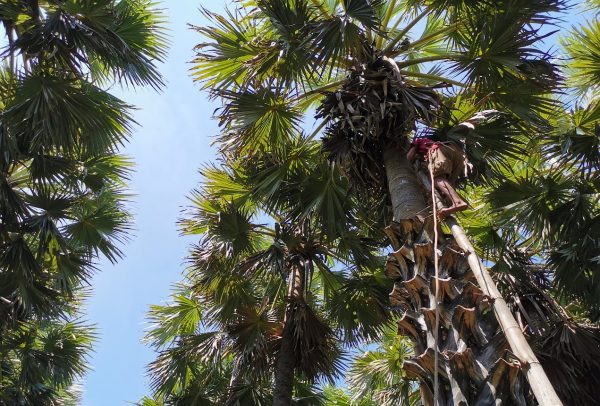
In Phetchaburi’s vibrant culinary landscape, alongside its famed salt, palm sugar takes centre stage, adding a delightful sweetness that complements the region’s diverse flavours.
And no food tour in Phetchaburi is complete without a visit to a palm sugar plantation, such as Uncle Thanom’s Toddy Palm Plantation, just a 15-minute drive south of the town centre. Here, amidst the tranquil beauty of village life, visitors discover the significance of the toddy palm in Phetchaburi’s culture.
Thriving in the tropical climate, this tall palm species yields sweet sap, boiled down to create the prized palm sugar of the region. Renowned for its superior quality and unique flavour, this sweetener is a staple in Thai cuisine and a sought-after delicacy.
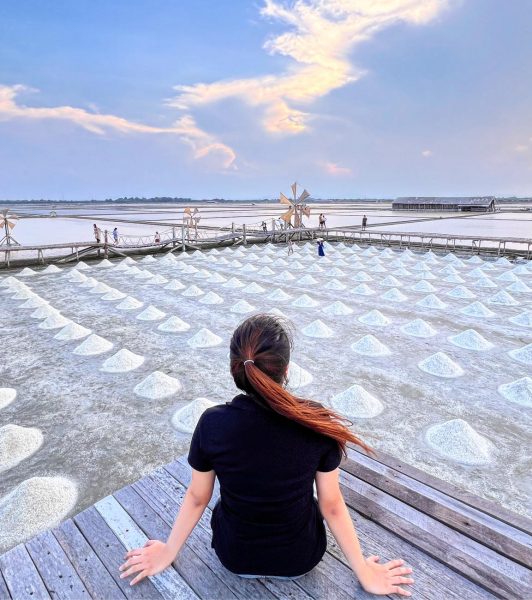
Cap off your culinary adventure at Tanote Restaurant, a short drive from the plantation, where local chefs showcase Phetchaburi’s home cooking. Indulge in dishes like Herbal Chicken Curry, Mackerel Sweet and Sour Soup, and Stir-fried Clams, but don’t miss the highlight: Toddy Palm Curry, featuring the delicate balance of slight bitterness and sweetness from young toddy palm and palm sugar.
By Thai PBS World Feature Desk




